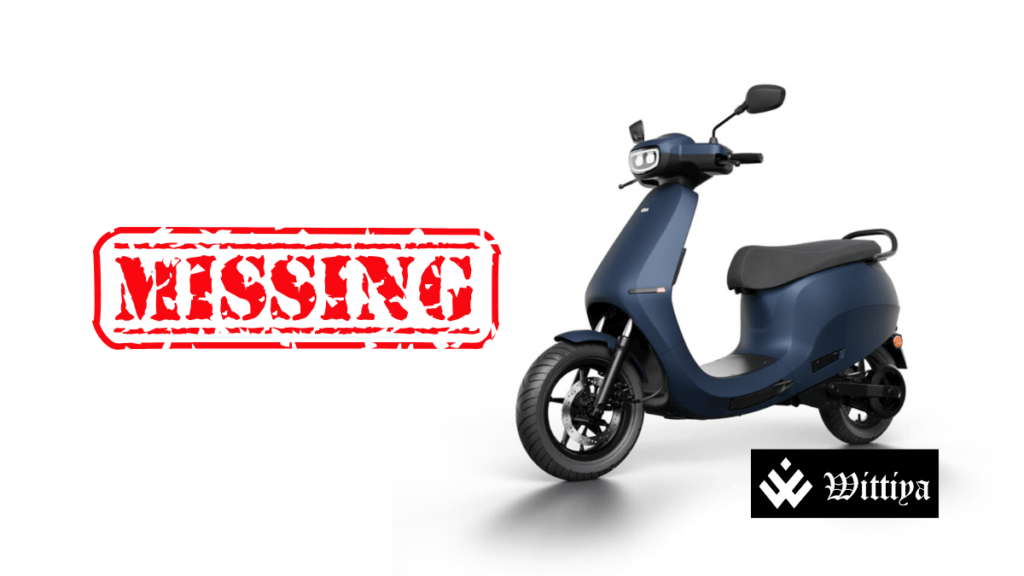Ola Electric, India, is facing scrutiny over discrepancies in its reported electric scooter sales and actual vehicle registrations. The company’s February sales report claims 25,000 units sold, while the Vahan portal reflects only 8,651 registrations, leaving a significant gap. Regulatory action may follow as investors demand clarification.
Ola Electric, a leading Indian electric vehicle manufacturer, is under regulatory scrutiny due to discrepancies between its reported electric scooter sales and actual vehicle registrations with state transport departments. The company reported selling 25,000 scooters in February 2025, yet data from the Central government’s Vahan portal recorded only 8,651 registered vehicles, revealing a gap of 16,349 units.
The issue has raised concerns among investors and regulatory authorities, as companies are required to register sold vehicles within seven days of retail, per the Motor Vehicles Act. As of March 17, the Vahan portal reflected only 8,230 additional registrations, still leaving a substantial shortfall, as it is unlikely that sales halted completely in March.
Investor and Regulatory Concerns
Industry experts believe the gap in numbers is substantial enough to impact investor confidence. Shriram Subramanian, founder and MD of InGovern Research Services, emphasized that the Securities and Exchange Board of India (SEBI) and stock exchanges must seek an explanation from Ola Electric. If proven, the company could face penalties for misrepresenting sales figures.
“Ola must issue a clarification, otherwise, how can investors trust any of its numbers?” Subramanian stated.
Ola Electric has yet to respond to inquiries regarding the sales-reporting discrepancy. According to its draft red herring prospectus (DRHP), filed ahead of its IPO, the company recognizes revenue only upon scooter delivery and same-day registration. However, the current figures suggest possible misreporting of bookings as actual sales to boost market sentiment.
Legal and Operational Ramifications
As per the Central Motor Vehicles Rules, 1989, dealers cannot deliver a vehicle unless it is registered—either temporarily or permanently. If Ola Electric bypassed this requirement, both the company and customers could face legal consequences, as driving an unregistered vehicle is illegal.
A dealership executive noted, “Even for temporary numbers, the vehicle must first be registered on Vahan. In rare, emergency cases, we deliver without registration, but we complete it within 24 hours.”
The issue is further complicated by Ola’s recent decision to terminate its contract with registration service providers Rosmerta Digital and Shimnit India, opting to manage registrations in-house. Rosmerta Digital Services and Rosmerta Safety Systems have since filed an insolvency petition against Ola Electric Technologies, a wholly owned subsidiary of Ola Electric, over Rs 24.5 crore in unpaid dues.
Impact on Ola Electric’s Stock Performance
Following reports of the sales discrepancy and insolvency petition, Ola Electric’s stock price plummeted by 7.18% on the Bombay Stock Exchange (BSE), closing at Rs 46.91 on March 18, 2025.
The growing concerns over sales transparency, regulatory compliance, and financial disputes pose significant challenges for Ola Electric as it navigates India’s competitive electric vehicle market. The company’s next steps in addressing investor concerns and regulatory requirements will be crucial in determining its future trajectory.
